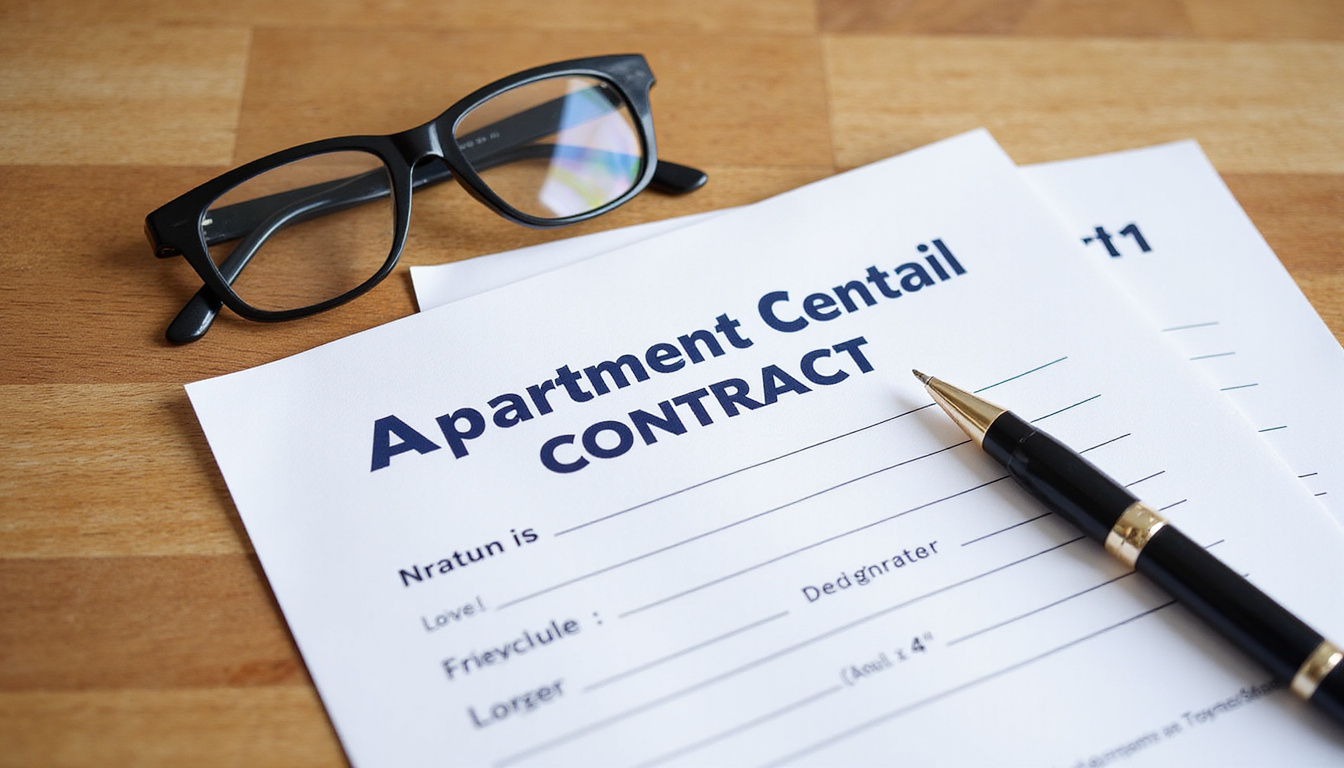When leasing property, rental agreements build trust and secure each side. Landlords and tenants must know the basics. Rental agreements protect rights and help split duties. This article shows the key parts of rental agreements, common issues, and tips for a safe contract.
What Are Rental Agreements?
A rental agreement is a legal promise between a landlord and a tenant. It links the two by listing rules about rent, time, and care of the place. A written agreement stands strong in court, while a verbal one may cause confusion.
In the first 100 words, the text makes clear that rental agreements hold the two sides in trust. They state rent, how long you stay, who fixes problems, and house rules. Without a clear agreement, both sides may face problems.
Key Components of Rental Agreements
A good agreement ties many parts together. Most rental agreements list:
- Parties: The names and phone numbers of the landlord and tenant.
- Property: The address and any unit number.
- Lease Time: The length of the lease, such as a fixed term or month-to-month.
- Rent Info: The amount, when it is due, how to pay, and late fees.
- Deposit: How much is paid, when money may be kept, and when it returns.
- Repairs: Who handles upkeep of the property.
- House Rules: How the place is used, pet rules, noise limits, and if subletting is allowed.
- Ending the Lease: The steps needed to end the rental.
- Law: That the agreement meets local rules.
These parts work together to help both sides and keep issues low.
Types of Rental Agreements
There are a few common types:
- Fixed-Term Lease: The lease lasts a set time, like 12 months, with start and end dates.
- Month-to-Month Lease: The lease renews every month until one side stops it.
- Sublease: The tenant rents to another person.
- Commercial Lease: The contract covers a business space and may have different terms.
Picking the right type makes rules clear and fair.
Tips for Drafting or Signing Rental Agreements
Here are some tips to keep your contract safe:
1. Read the Contract Carefully
Read each line of the contract. Look for any fees or limits that could change your living experience.
2. Clear Up Questions
If something is not clear, ask for details. Mixed words can lead to fights later.
3. Check the Law
Make sure the contract follows local rules. Local rules help protect both sides on issues like eviction, rent bumps, and deposits. A legal expert or trusted source can help check this.

4. Record the Property’s Condition
Before moving in, write down the state of the property. Take photos or fill out a checklist. This helps stop fights about damage when you leave.
5. State the Rent Payment Plan
List when and how to pay rent. Include any penalties for paying late to encourage on-time payments.
6. Set Up Maintenance Duties
Clearly list who fixes what. Usually, the landlord fixes the building, while the tenant takes care of small tasks.
7. Detail the Deposit Rules
Write the deposit amount, when money may be kept, and when money comes back after the lease ends.
8. Use a Written Contract
Although spoken contracts count in some areas, a written paper is better proof of your deal.
Common Pitfalls in Rental Agreements
Even with a contract, issues may appear. Watch for these:
- Vague Words: Unclear language can leave gaps and lead to fights.
- Illegal Items: Some rules might break tenant protection laws.
- Old Forms: Outdated contracts may miss current law changes.
- Ignoring Local Law: Different places have different rules, so check the local law.
Knowing these points can help both sides steer clear of trouble.
Checklist for Secure Property Leasing
Before you sign a rental lease, both sides should check that:
- [ ] The contract is written down and signed by both parties.
- [ ] Key terms like rent, time, and deposit are clear.
- [ ] The property’s state is recorded with photos.
- [ ] The rules match local law.
- [ ] Both sides have a copy of the contract.
- [ ] Who fixes things is clear.
- [ ] How to end the lease is written down.
This list helps build trust and smooth deals.
Frequently Asked Questions (FAQs) About Rental Agreements
Q1: What should a rental agreement say to protect tenants?
A: It should list rent, lease time, work rules, deposit details, and steps to end the lease. It should also cover safe living and privacy.
Q2: Can a landlord change the contract after signing?
A: No. Once signed, both sides must follow the rules through the lease time. Changes need both sides to sign or wait until the lease ends.
Q3: Are spoken rental agreements legal?
A: Some places accept spoken deals, but proving them is hard. Written contracts give better proof and clear terms.
Conclusion: Secure Your Investment with a Clear Rental Agreement
A clear rental agreement holds the two sides together and keeps both trusts safe during the lease. By knowing the parts, reading the rules, and checking the law, landlords and tenants keep issues low. Whether you rent out a property or move into a home, take your time to write or review the contract. This care helps secure your deal and brings peace of mind.
Ready to rent a property or settle in a new space? Make sure your rental agreement protects your rights from the start. Talk with a legal expert, tailor your contract for your needs, and build a strong base for your rental time!
[center]
https://findapropertyegypt.com/contact-us/
[/center]

